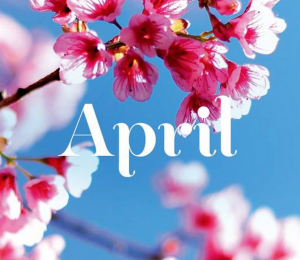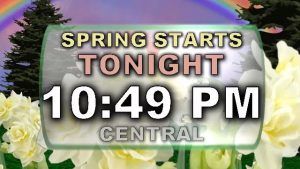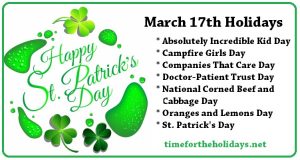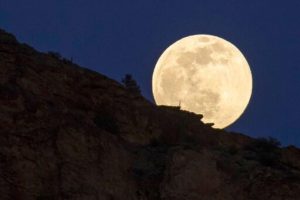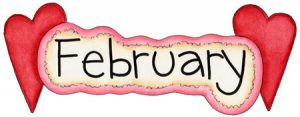April showers bring May flowers, or so the rhyme goes. April is the fourth month of the year in the Gregorian calendar and has 30 days. In the northern hemisphere April is a most confusing month; rainy and wet one day, the next full of a warm promise of green growth to come. Besides the weather, the month is full of surprises and contradictions, prized for rebirth and endings, and a birth month to amazing geniuses and crazed despots both, making fun of astrological predictions. In the Roman calendar April is spelled Aprilis, meaning “to open.” The name Aprilis, then, fits April, because in so many places in the northern hemisphere April is the month when trees and flowers begin to bloom and go on to flower.
~Two flowers signify the month of April the daisy and the sweet pea. The daisy symbolizes innocence, loyal love, and purity; but it also means “I’ll never tell!” The sweat pea signifies blissful pleasure, and are used to say goodbye. Sweet peas may be a pretty flower, but they are also one of the oldest food crops on our planet, domesticated by humans about 11,000 years ago.
~The birthstone for people born in April is the diamond, one of the hardest substances on earth. They are supposed to bring balance, clarity, and abundance, and it is symbolic of eternal love and the bringer of wealth to six centuries of the diamond trade.
~Noah Webster Copyrighted the First Edition of His Dictionary in April. The famous language expert Noah Webster was a bit of an April fool: one of his dearest wishes was to reform English spelling for Americans, to make it simpler and more obvious. While millions of school children could go for that; Webster’s proposals included removing all double vowels. Bread would be spelled bred; friend would become frend; tuf for tuf, laf for laugh, kee for key, and speek for speak. He also wanted us to spell machine masheen, and pique peek.
His successes included changing plough for plow and draught for draft; but if you’re a poor speller, you might just peek your frends and attribute that to your fondness for April’s Noah Webster.
~April marks the birth of arguably the most influential writer of all time – William Shakespeare. Born on the 26th in 1564 he went on to write 36 plays and 154 sonnets. He also died in April.
~Adolf Hitler Was Born in April.
~It was on April 15, 1912 that the Titanic hit an iceberg in the Atlantic Ocean and sank. Only 700 of the 2,224 passengers were rescued.
April has many days it is known for. The most known are ~April 1st being April’s fool day. ~Passover/Easter/Food Friday. ~April 14th Tax Day, although this year it has been extended. And here are a few of the fun days coming up in April ~International Pillow Fight Day ~National No Housework Day ~Blah, Blah, Blah Day ~Go Fly a Kite Day ~National Sense of Smell Day.
